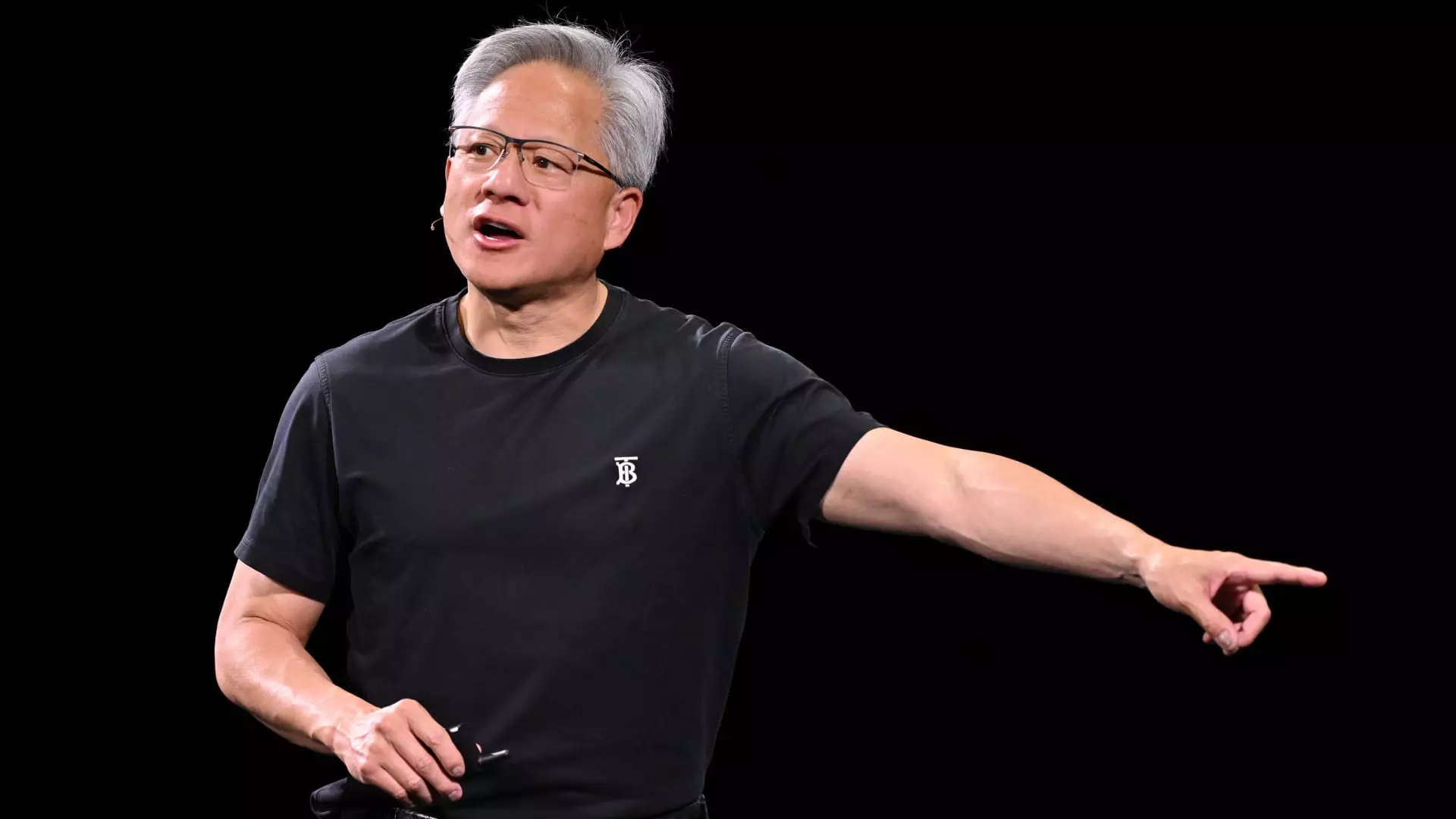Over the past year, insiders at Nvidia, a leading name in artificial intelligence hardware, have offloaded stocks exceeding $1 billion in value. This trend, spotlighted in a Financial Times investigation, initially raises eyebrows given the company’s soaring market valuation and dominant position in AI chip manufacturing. However, a deeper look reveals a calculated approach rather than panic selling. Much of these sales—roughly $500 million—occurred in the last month, coinciding with record highs in Nvidia’s stock price. Despite geopolitical uncertainties and concerns regarding export restrictions on AI chips, the company’s share value has surged impressively, climbing over 44% in just three months and 17% year-to-date.
The Nuanced Implications of Insiders Selling Shares
Insider stock sales often trigger speculation about a company’s future prospects, yet they do not necessarily signify a red flag. In Nvidia’s case, the CEO Jensen Huang’s share sales fit within a well-structured, previously disclosed plan to divest up to six million shares before year-end. His recent offloading, amounting to approximately $15 million, aligns with this broader strategy initiated in March. Notably, Huang’s personal fortune, valued at roughly $138 billion, places him as the 11th wealthiest individual globally, which contextualizes these sales more as wealth management than distress signals. Such moves can be motivated by various reasons, including diversification of personal assets or funding philanthropic ventures, rather than forecasting a downturn.
Investor Sentiment vs. Insider Decisions
Interestingly, Nvidia’s insider selling has not dampened market enthusiasm. The stock has continued its upward trajectory, regaining its spot as the most valuable company, surpassing tech giants Microsoft and Apple. After an annual shareholder meeting, where Huang highlighted robotics as the next frontier beyond artificial intelligence, investor optimism appears deeply rooted in Nvidia’s future growth potential. This divergence between insider selling and bullish market behavior underscores the complexity of interpreting stock moves—investors are evidently confident in Nvidia’s capacity to capitalize on emerging tech trends, irrespective of insider share disposals.
Understanding the Broader Context of Nvidia’s Market Dynamics
The backdrop to these transactions includes not only impressive stock performance but also evolving geopolitical challenges. Export curbs on AI chips threaten Nvidia’s global sales strategy, yet the company’s remarkable resilience suggests effective navigation of these hurdles. The Financial Times references data from VerityData, indicating that the crossing of a $150 per share price threshold likely spurred the recent wave of sales. Seen through this lens, insider liquidation appears opportunistic, capitalizing on peak valuations rather than reacting to distressed conditions. This insight reflects a broader pattern in tech stock behavior, where executives monetize gains during favorable market windows while publicly committing to long-term growth.
A Bold Statement in Tech Leadership
Ultimately, Nvidia’s insider selling should not be hastily interpreted as a warning signal. Instead, it signals the prudent financial management of personal wealth amid bullish corporate prospects. Huang’s expansion into robotics signals a forward-looking vision beyond AI chips, promising new avenues for innovation and market leadership. Nvidia’s capacity to remain at the forefront of technological advancement, despite external pressures and internal portfolio reshuffling, sets a powerful example of strategic agility in the tech sector.

